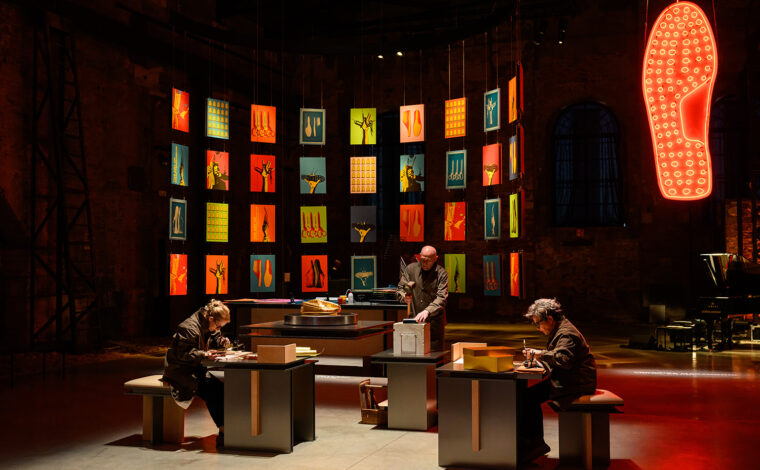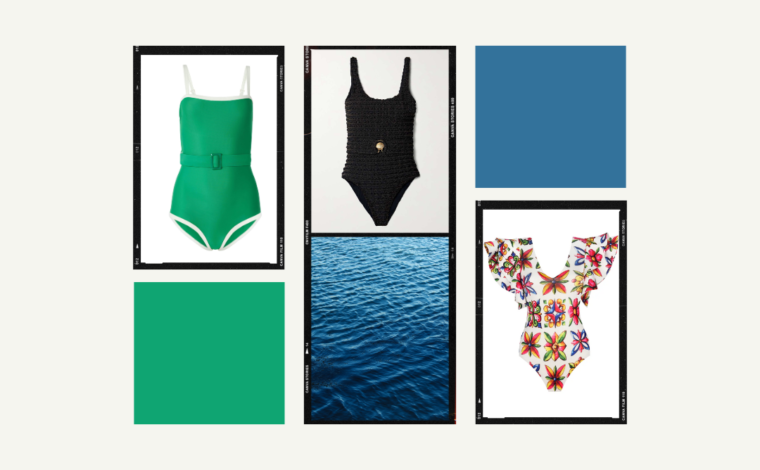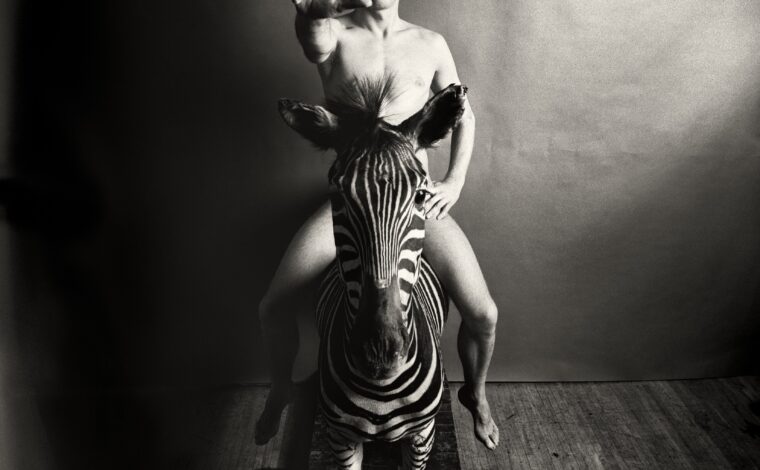Fashion is a concept that is all about what’s new and hot, and fashions themselves are constantly changing. It’s one of the exciting aspects of the industry, finding out what’s coming next and thinking about how you can make the latest trends work for you.
Having said that, some fashions never really go out of style; the little black dress is a classic example of an item of clothing that’s been a staple of women’s wardrobes for decades.
Other fashions fade, then get revived, or are given a new lease of life as retro fashion.
Understanding how to mix the old and the new is a sure way to get yourself noticed and make you stand out from the crowd, so find out more about making vintage fashions a successful addition to your wardrobe.
Vintage or vulgar?
There’s a difference between a timeless classic or a piece of clothing that’s fashionably retro, and the designs that are best left in the past. Just because something’s old doesn’t make it stylish, and in just the way that a Ferrari is a timeless classic car but a Fiat Stilo is best sent to the crusher, not all old fashions will give you a stylish, classic look.
How much vintage is too much?
While some women like to adopt the full vintage look and dress as an exact copy of Sophia Loren from the sixties, for instance, most women prefer a more moderated approach. That means mixing the best vintage styles with fashion basics and newer styles. For example, you could use a classic shift dress as a base to which you add current fashion designs and accessories. Alternatively, you could use the inverse approach and team a modern dress design with vintage accessories. As a general rule, somewhere around half vintage and half modern sets the right tone.
Making a statement
Mixing old and new doesn’t mean you can’t make a statement. Say you have a striking fifties dress to wear; you don’t want to hide its beauty or play down the statement you’re making.
Let the dress do the talking, just add a few modern touches like an on-trend designer purse, or a modern style of chunky layered necklace. Adding these touches makes it clear you know what you’re saying, and no-one will make the mistake of wondering if you’re off to a costume party! The idea is to accentuate the beauty of the vintage piece without distracting from it or going too over the top.
Vintage accessories
One of the best ways to get started experimenting with adding vintage styles to your wardrobe is to look for accessories that you like. For one thing, accessories are the aspect of an outfit that makes it come together as a cohesive whole. For another, accessories are often cheaper to buy than vintage clothes, and are far more versatile. You could start by wearing a current fashion outfit but adding a vintage scarf. Using a single piece to begin with lets you develop a feel for what you feel comfortable with and what suits you, and you can pick up on feedback from the people you’re with if you want some other opinions.
Jewelry is a perfect accessory to get started with, and there are plenty of options for sourcing old designs. You might well have a shop near you that sells vintage and antique jewelry, or a great place to look for older pieces is somewhere like National Pawn and Jewelry, where you’ll find many designs from all eras.
Modern vintage
As so many vintage styles stay fashionable or make a comeback, a lot of the new clothes you can buy will be based on classic designs. Therefore, you could opt for buying new clothes that just have a vintage look. This might be a good way of getting to grips with vintage styles, but genuine vintage clothes do have some advantages.
1. You can often find them cheaper than good quality new designs. You’ll need to shop around, because some vintage clothing suppliers can be pricey, but there are still bargains to be had.
2. Genuine vintage is more likely to be unusual or unique. A modern item of clothing with a retro design is going to be available to thousands if not millions of other women. An original will be far more scarce, so you’re far less likely to see someone wearing the same outfit as you.
3. Reusing vintage clothing is more environmentally friendly, as fewer resources have to be used to make new clothes.
Choosing your era
Vintage covers a lot of different time periods and fashions, and some will appeal to you more than others. Also, not every vintage style suits every woman’s body shape. For example, a slender figure is essential for a flapper dress from the twenties to sit well on you. Too much bosom or hip and the lines look wrong; equally, a voluptuous figure is more suited to the styles of the fifties, when more generously proportioned women were the stars of the screen.
It’s the same principle as choosing modern fashions – go for the most flattering styles rather than what you think looks good on someone else. There may be trends within trends, so one decade might be seen as more on point now than another that was the most popular a few months ago. You don’t need to worry too much about these fluctuations; vintage doesn’t have the same rules as modern, and if you mix and match as described above, it won’t matter what era you choose as your vintage favorite.
Vintage clothing and accessories will make a valuable addition to your wardrobe, and give you far more options in creating interesting and different outfits. Taking the best of the past and making use of it now is a principle that’s sound in all aspects of life, and vintage fashion is no exception. If you haven’t already, start making a shopping list so you can give the vintage look a try.





No Comment